Baseball might be more interesting if the fielders left their gloves in the dugout until a ball was hurtling in their direction. Why carry around that extra weight and tie up a perfectly good hand that could be used for opening new tins of chewing tobacco or sticks of gum? Hey, if a fly ball or screaming grounder comes their way, they can trot over to the dugout and “glove up” to make the catch, right?
That may sound ridiculous, but it’s a good analogy for carrying a self-defense firearm that isn’t prepared to fire. On the surface, some arguments to support carrying a pistol without “one in the pipe” sound compelling:
“My pistol doesn’t have a manual safety, and I feel more comfortable carrying with an empty chamber.”
“If I need to use my pistol, I can just quickly rack the slide and I’m ready to go.”
“I don’t have to worry about dropping my pistol and it accidentally going off!”
And last, but not least, is the most dangerous objection of all:
“If I’m going somewhere more dangerous, I can rack the slide and chamber a round before I go.”

The SIG Sauer P229 Legion (back) and Springfield Armory XD-S (front) do not have traditional “manual” safeties, yet both are designed to be carried safely in a ready-to-fire condition. The double-action first press of the SIG and trigger leaf and internal safeties of the XD-S protect against drops and other types of unintended discharges.
You Probably Won’t Have Time
These talking points sound great if your self-defense scenario looks something like this: “Hey, I see a bad guy over there. He doesn’t see me, but I suspect I might have to shoot him in a minute. I should draw my gun and prepare it to fire.”
Here’s the problem that places a big fat fly in this mental ointment: You don’t get to decide when you’ll need to use your firearm.
This is important, so let’s repeat it: You don’t get to decide when you’ll need to use your firearm.
You don’t get to plan for a convenient time to defend yourself. Nor will you decide when or how the fight for your life starts. Your first indication you’re in a self-defense encounter might be a smack in the head, a shot whizzing by your ear or perhaps the guy behind you in line at McGreasyBurgers shouting, “Everyone on the floor or I’ll shoot!”
Read the rest: Should You Carry With One in the Chamber? | USCCA

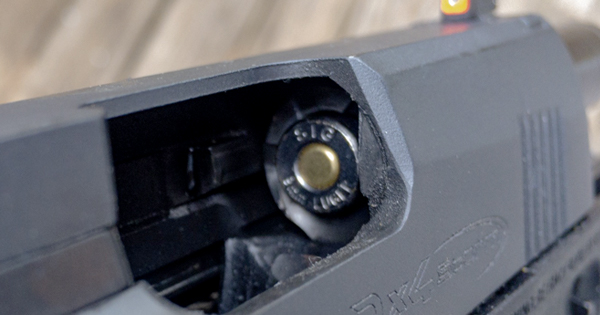
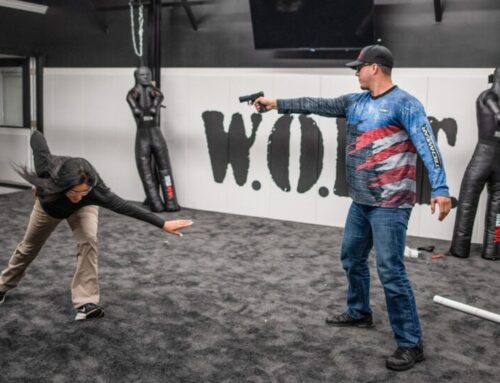
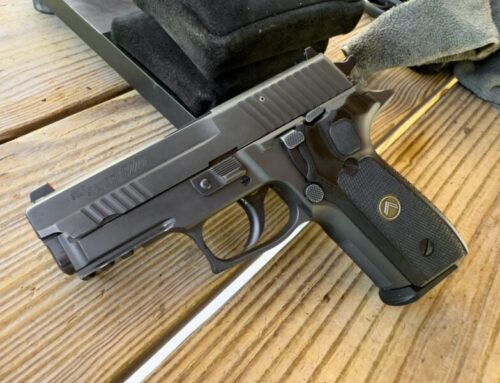

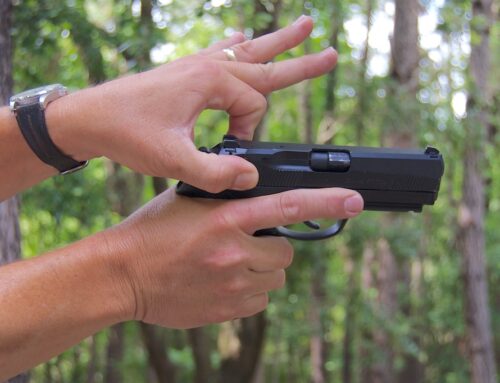
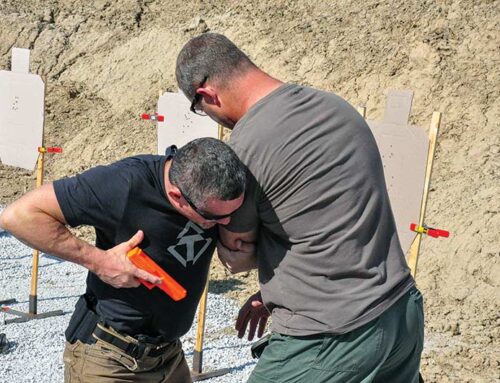
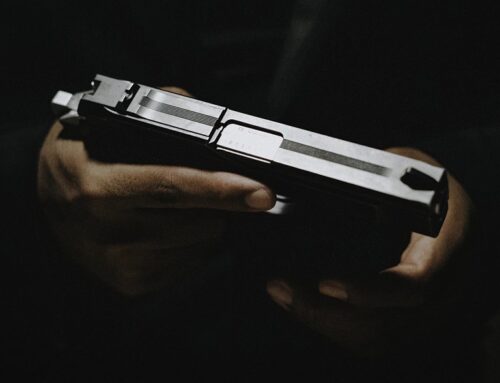
I’m coming around to the “one in the pipe” philosophy. Given proficiency, register position, conforming holster, and (IMHO) a manual safety. All this is premised on modern guns being practically impossible to fire without trigger activation. My Ruger EC9 and Security 9, for example, have manual safeties that are easy to (purposely) flick off with the thumb, yet nearly impossible to engage by mistake. So, a very reasonable carry is cocked and locked.